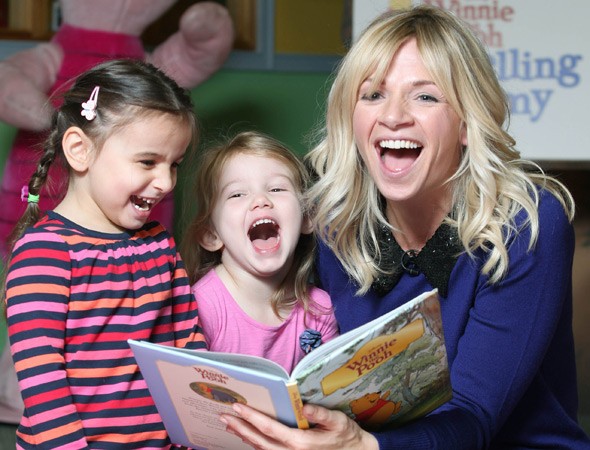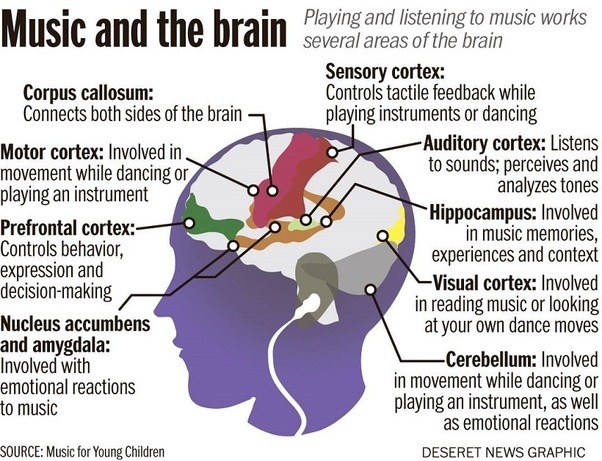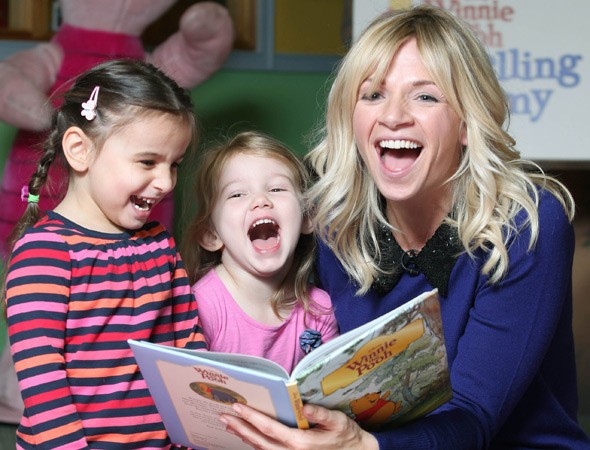 Sing Your Stories: The Importance of Music with Stories
Sing Your Stories: The Importance of Music with Stories
By: Lisa Glesil, Fishers Youth Services Librarian
Music is fun for children and adults alike, but its value goes beyond just mere entertainment. Making music benefits children in several ways: it triggers the release of dopamine, a brain chemical responsible for feel-good emotion; it lowers stress; it stimulates the brain; it promotes bonding; it inspires movement; and it improves sleep. It is beneficial to incorporate singing when using books with children.
Music helps children learn to interpret auditory signals, support auditory memory, and introduce new words to help them build their vocabulary. The remarkable thing about music is that it’s processed in many regions of the brain simultaneously. The Cognitive Neuroscience of Music shows that when making music, the sensory cortex, auditory cortex, hippocampus, visual cortex, cerebellum, amygdala, prefrontal cortex, and motor cortex are all firing at once.

There are many wonderful books that can be sung, such as “The Old Lady Who Swallowed the Fly.” There are many other “Old Lady” books such as “I Know an Old Lady Who Swallowed Some Books.” Some other favorite titles include: “There Were Five in the Bed,” “Row, Row, Row Your Boat,” “Teddy Bear, Teddy Bear, Turn Around,” and the ever popular “Eensy Weensy Spider” and “Wheels on the Bus.” Adding movement or fingerplays adds yet another fun and beneficial dimension to using music with stories. Some children will actually “sing” their books and make up the tunes as they go along. Have fun reading, singing, and moving with your kids during stories!
